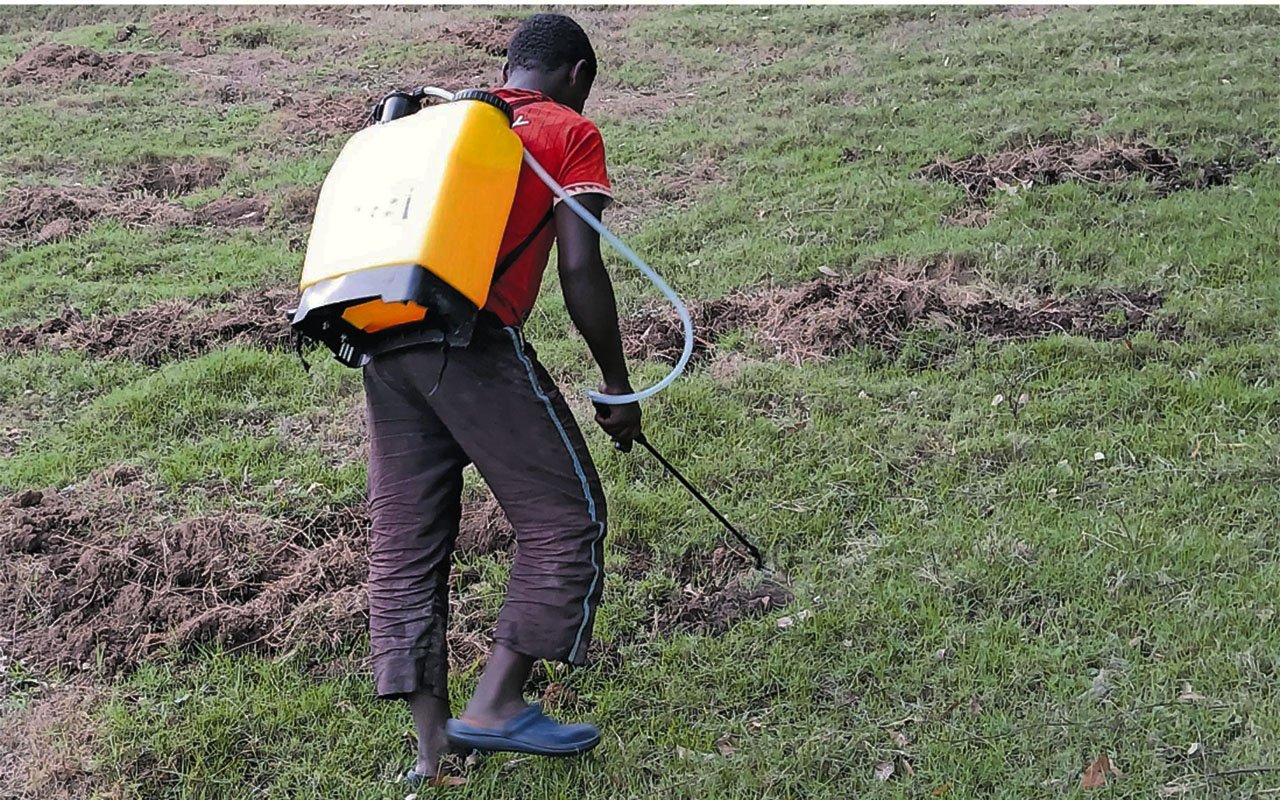Prime
EC excludes results from over 1,200 polling stations

An elderly man casts his vote at Police Post Wakaliga in Rubaga Division, Kampala District, last Thursday. PHOTO/RACHEL MABALA.
What you need to know:
- The most affected is Wakiso District where of the 1,434 polling stations, the EC final results excluded tallies from as many as 271, according to our analysis of the official results.
Thousands of votes cast at some 1,257 polling stations countrywide were not included in the presidential election results that the Electoral Commission (EC) announced on Saturday, this newspaper can reveal.
The most affected is Wakiso District where of the 1,434 polling stations, the EC final results excluded tallies from as many as 271, according to our analysis of the official results.
The affected polling stations were not named and we were unable to establish neither the total number of registered voters nor the number of voters that turned out to cast the ballot at the said polling stations in last Thursday’s presidential and parliamentary polls.
According to EC data, Kampala registered the highest number of voters in the country, at 1.2 million, with Wakiso District coming second with 1.1 million voters.
Results from 50 polling stations in Kampala had not been counted by the time EC chairperson Simon Byabakama declared Mr Yoweri Museveni Tibuhaburwa, the incumbent, the President-elect after he fetched 58.6 per cent of the nearly 10 million valid votes cast nationwide in last Thursday’s vote.
National Unity Platform (NUP) candidate Robert Kyagulanyi, alias, Bobi Wine, who garnered 34.8 per cent of the total votes countrywide, won in both Kampala and Wakiso districts by about 73 per cent and 75 per cent respectively, while Mr Museveni polled 24 per cent and 24 per cent in the two districts.
In addition, results from 81 of 619 polling stations in Mukono, which has roughly 355,000 voters, were excluded in the final EC tally. Bobi Wine scooped about 72 per cent of the votes cast in Mukono where president-elect Museveni got 26 per cent.
With the EC results announced at the national tally centre in Kyambogo lacking results break down by polling station or constituency, it was unclear whether the non-inclusion of votes from 1,257 polling stations, which appeared to be from mainly Bobi strongholds, disadvantaged the runner up.
By contrast, majority polling stations in districts where Mr Museveni won were included in the EC final tally to give him a total of 5.8 million countrywide, which is 2.4 million votes more than what Mr Kyagulanyi obtained.
Because the Constitution requires the winner of a presidential election to be announced with in 48 hours from the close of voting, the EC chairperson said they had no option but to declare the President-elect even though results from different parts of the country were pending.
Voting for presidential and parliamentary elections ended at 4pm last Thursday and Mr Byabakama announced the presidential winner at around 3:30pm while returning officers declared winners of parliamentary seats progressively at the district tally centres.
At a press conference in Kyambogo shortly after proclaiming Mr Museveni President-elect, Mr Byabakama said in relation of the excluded results from more than 1,200 polling stations:
“Even when you factor in those remaining polling stations whose results were not counted, they don’t affect the outcome of the results … they [uncounted polling stations] don’t have a significant impact between the winner and the runner-up. As a Commission, we think we have achieved [the constitutional requirement] to declare the results within 48 hours.”
Mr Museveni’s sixth elective term victory last Thursday, barring any eventualities, places him on course to rule for 40 years, having first ruled without election for a decade after shooting his way to power in 1986.
The 58 per cent he got was the lowest ever since elections began in 1996 and he won by landslide then, bagging 75.5 per cent of the votes. His score reduced to 69 per cent in the 2001 elections and plunged further by 10 percentage points in 2006 before climbing back by nearly a similar margin in 2011. In the last presidential election, in 2016, Mr Museveni polled 61 per cent of the vote. (See table).
In last week’s vote, the incumbent faced 10 other candidates – all, except Democratic Party’s Norbert Mao, being first-timers.
Mr Patrick Oboi Amuriat, the flag bearer of hitherto Uganda’s biggest Opposition party, polled only 323,536 votes, constituting 3.2 per cent of the total valid votes cast.
The other eight presidential candidates, combined garnered about 328,000 votes, less than the 381,386 invalid votes.
It remains unclear whether the substantial invalid votes, which compares with such figures in previous elections, is an outcome of inadequate voter education made worse this time by inhibitions adopted in the so-called “scientific campaign” to prevent spread of Covid-19.
Our analysis of the EC results for last Thursday’s ballot, shows that votes cast for President at 155 polling stations in the south-western Kabale District were not computed in the national tally as were results from 119 polling stations in Kapelyebyong District, in north-eastern Uganda.
The other 56 affected districts and corresponding number of excluded polling stations are Yumbe (112), Bunyangabu (87), Moyo (79) and Ssembabule (46). In another 47 districts, results not included were from polling stations that each numbered below 40.
Graph showing Museveni's election results since 1996

By Damalie Mukhaye, Misairi Thembo Kahungu & Patience Ahimbisibwe



